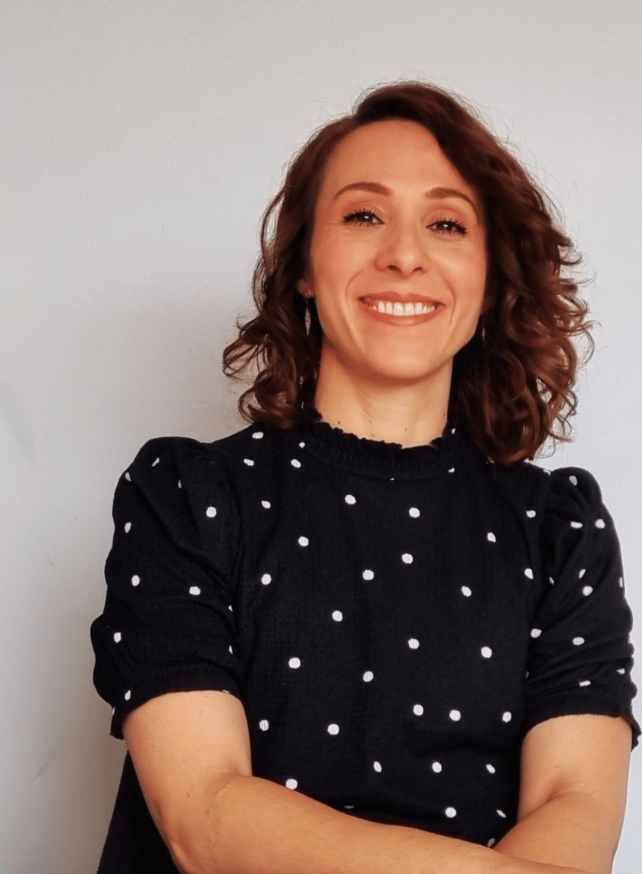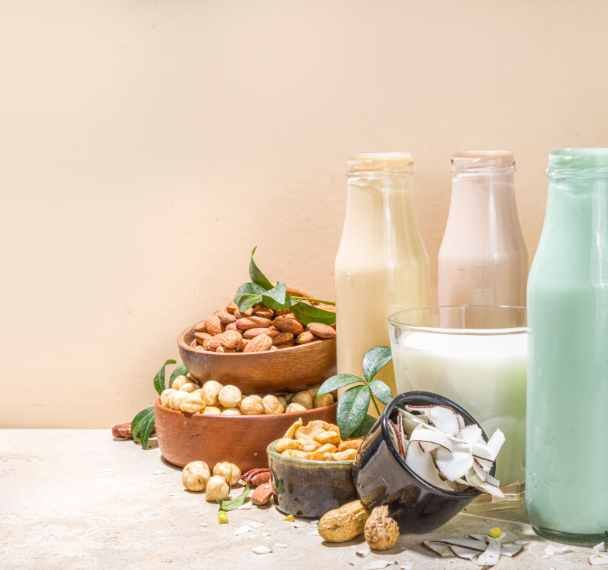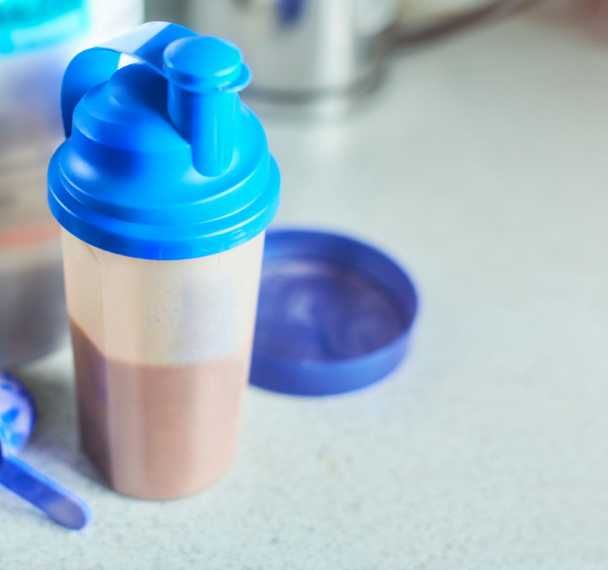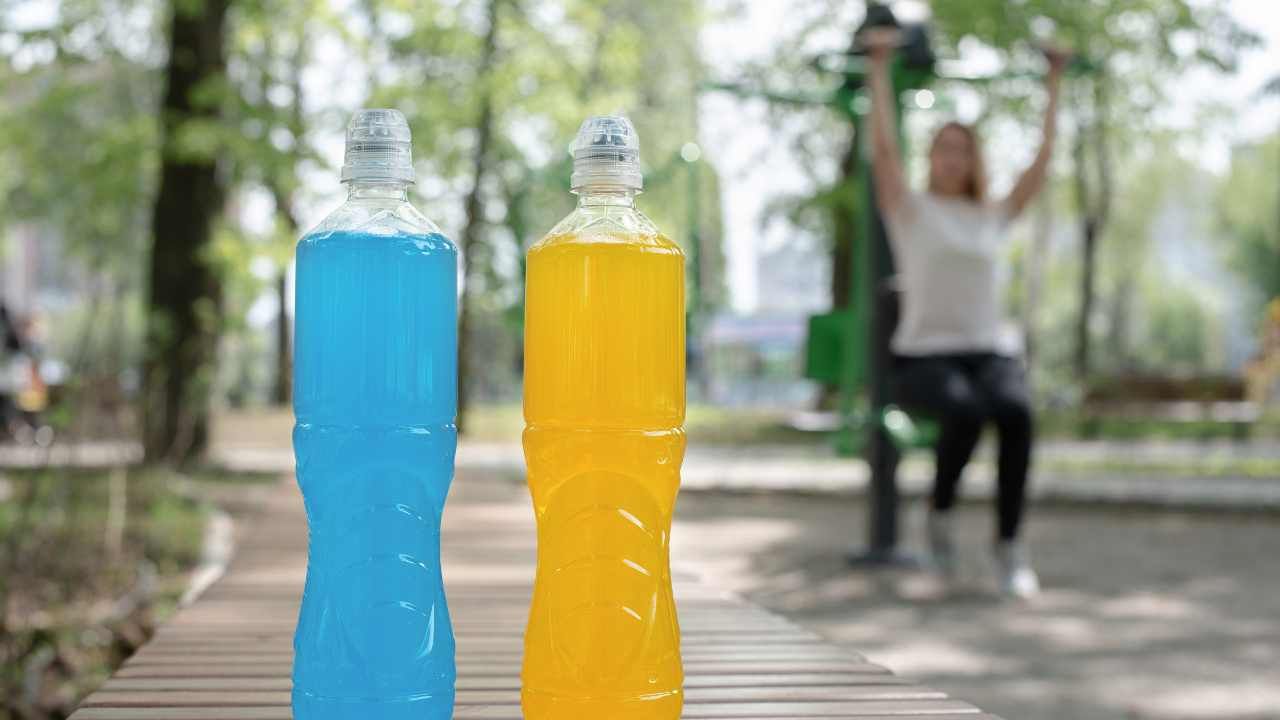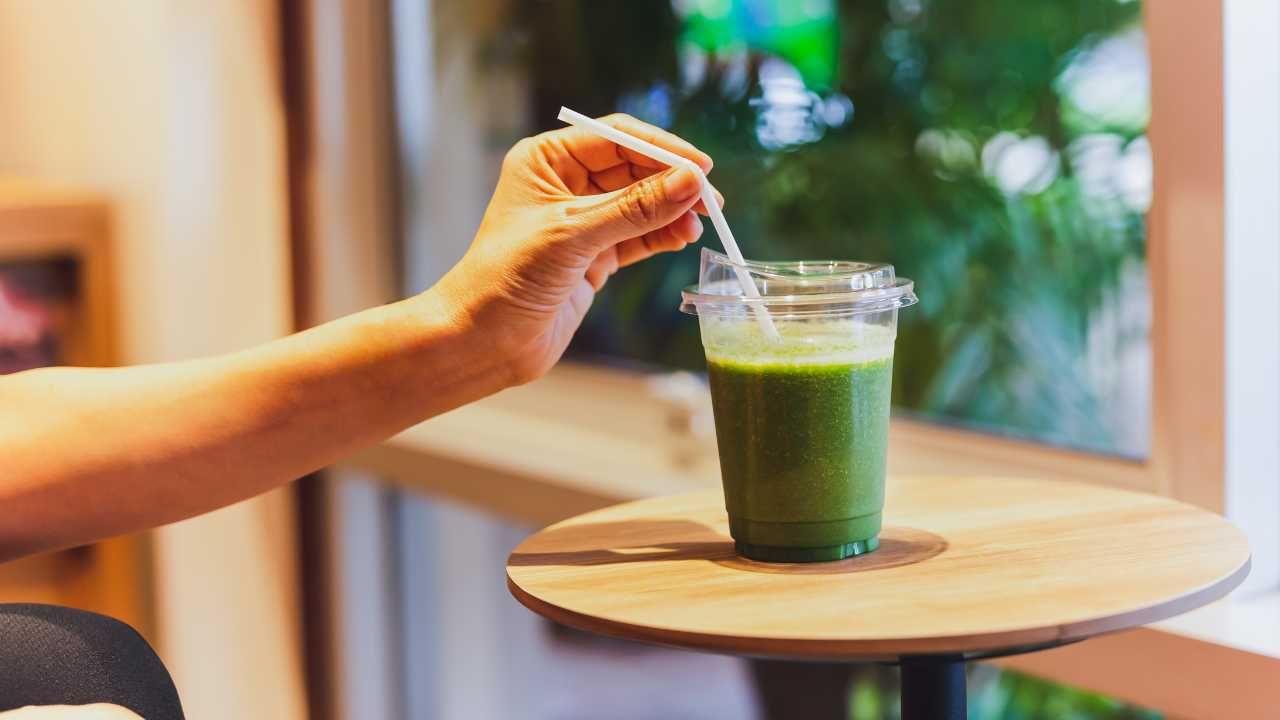Rapid Sensory Evaluation Techniques for Successful Product Development
Jun 08, 2023
Introduction
In the world of consumer goods, gathering sensory information is essential for effective and precise (new) product development. Traditionally, sensory profiling has been the go-to method for evaluating products. However, there is a simpler and more cost-effective alternative: napping®. This technique has shown promising results, offering industries a valuable tool to gather sensory information in a streamlined manner.
In the marketing sphere, product mapping, also known as product positioning or market mapping, is a powerful tool that helps businesses gain valuable insights into their offerings, identify gaps, and develop effective strategies.
At EPICSI, we've combined the advantages of the two methods to obtain a more comprehensive data set and further simplify the technique, making it accessible even without analytical sensory tools. To ease the language and facilitate implementation within an organisation, we'll refer to this as product mapping. Of course, you can also use these methods separately.
Whether you're looking to launch a new product or enhance an existing one, product mapping can be a game-changer. In this blog, we will deep dive into the potential of product mapping as a more straightforward and faster approach for sensory evaluation. Additionally, we'll highlight its benefits and implications in the food & beverage industry.
The product mapping technique explained

Napping®
The term napping® originates from the French word "nappe," which means tablecloth. Initially, the "nappe" was simply a sheet of paper with specific dimensions.
The napping technique is a quick sensory evaluation method that utilises a group of untrained assessors to evaluate multiple products simultaneously, whether within or outside your category. This approach offers a comprehensive sensory experience by analysing sensory characteristics of the samples (e.g. aroma, texture, mouthfeel), rather than focusing on the details, in contrast to standard sensory profiling methods.
Assessors receive a range of samples and are instructed to position them on a sensory map or two-dimensional grid based on their perceived similarities and differences. Sessions can be conducted internally with experienced assessors or externally with consumers.
The primary goal of napping® is to identify the most crucial or apparent differences among the samples. First, it involves gathering data on the positions of each sample and understanding the rationale for perceiving them as distinct. Then, it aims to synthesise all these reasons across all subjects for a comprehensive understanding.
There are various napping techniques, each catering to different objectives of the session:
🔸Traditional Napping involves assessors evaluating samples holistically based on their overall sensory perception.
🔸Partial Napping requires the assessors to evaluate one attribute at a time and is often repeated for multiple attributes. This technique offers a more accurate characterisation than traditional napping by bridging the gap between a holistic mapping approach and an analytical approach of conventional profiling. Additionally, partial napping can gather more detailed descriptive information, particularly with less experienced panels.
🔸Sorted Napping, an extension of traditional napping that incorporates verbalisation, involves assessors grouping samples after evaluation.
Product mapping
Product mapping is a strategic tool used by businesses (Marketing and Sales departments) to visually represent their products or services in relation to those offered by competitors. It involves analysing key attributes or dimensions of a product and plotting them on a graphical chart. The resulting map provides a clear visualisation of the competitive landscape, highlighting areas of differentiation and identifying opportunities for improvement.
Advantages of the product mapping technique
By combining napping® and product mapping, you can effectively monitor your competition and comprehend the differentiating factors and similarities among products. This powerful method allows for in-depth analysis of product categories, as well as individual features such as flavour, colour, mouthfeel or texture. The information gathered in these sessions contributes to establishing benchmark products and ensures consistent high-quality outcomes throughout your projects.
Additionally, exposure to diverse products provides valuable insights for identifying unique concepts or directions and selecting the most appropriate elements to incorporate into your own products. This approach illuminates the sensory characteristics of a category and helps determine where a new product fits within an existing market category or even in a newly created one.

While this product mapping technique offers numerous advantages, it's important to acknowledge its limitations. The method heavily relies on assessors' ability to perceive and articulate sensory attributes accurately. Therefore, a brief training and calibration of assessors' can be done at the beginning of the session to ensure consistent and reliable results. Additionally, this product mapping technique may not provide detailed information on specific attributes and may require further analysis for in-depth insights.
Considerations and best practices
While this product mapping shows promise as a cost-effective and simplified method for gathering sensory information, there are important considerations to ensure reliable results:
Sample size and diversity: To achieve meaningful results, it's essential to incorporate a diverse selection of products from local to mass market retailers. A medium-large sample size strengthens the validity of the findings, but an excessively large amount of samples may cause assessors fatigue.
Standardised protocols: Implementing standardised protocols for each session, such as the number of products, evaluators, session preparation and duration, and assessment criteria, promotes consistency and allows for accurate data comparison between various studies or products.
Data Analysis: Although not mandatory, it is advisable to employ suitable statistical analyses to accurately interpret the collected data. Methods such as principal component analysis (PCA), multiple factor analysis (MFA), or hierarchical multiple factor analysis (HMFA) can be utilised, depending on the research objectives.
Conclusion
As Food & Beverage industries strive to gather accurate sensory information for more effective product development, this product mapping is a valuable tool that increases simplicity, accessibility, speed, and promotes naturalistic evaluations.
Product mapping is a perfect choice for sensory scientists and product developer who would like to integrate a rapid sensory evaluation technique in their study without the time consuming panellist selection and training phase. It can be used as a screening tool to narrow down larger sample sets to a few samples that can be evaluated with conventional methods or in consumer testing.
By embracing this innovative approach, businesses can gather valuable insights efficiently, enabling them to create products that better meet consumer preferences.
Link to related blogs you may enjoy
🔶A Journey of Flavours: How a London Food Safari Will Broaden Your Culinary Horizons
🔶Finding Harmony in Chaos: The Art and Science of Flavour Pairing
🔶Mastering Your Palate: How to Use a Flavour Lexicon
References
Previous experience includes working at a flavour house, where we used sensory techniques such as napping. Working in the food industry, I honed my flavour expertise by improving approach to flavours and developing a flavour tools such as a product mapping, collaborating with a flavour supplier and the Sensory/CTI department and R&D department.
S. Lê, T.M. Lê, M. Cadoret, Napping and sorted Napping as a sensory profiling technique, Rapid Sensory Profiling Techniques, 2015, 197-213, https://www.sciencedirect.com/science/article/pii/B9781782422488500095
Marton Istvan, Zoltan Kokai, The applicability of Napping in the analysis of fermented foods and beverages–A review, Progress in Agricultural Engineering Sciences, 17(2021) S1,119–125, https://akjournals.com/view/journals/446/17/S1/article-p119.xml
Paula Varela, Gaston Ares, Novel Techniques in Sensory Characterization and Consumer Profiling, 2014, https://www.taylorfrancis.com/chapters/mono/10.1201/b16853-14/projective-mapping-napping-paula-varela-gaston-ares
Leanie Louw, Sulette Malherbe, Tormod Naes, Marius Lambrechts, Pierre van Rensburg, Hélène Nieuwoudt, Validation of two Napping (R) techniques as rapid sensory screening tools for high alcohol products, Food Quality and Preference 30(2):192–201, 2013, https://www.sciencedirect.com/science/article/abs/pii/S0950329313000979
Steven C. Wheelwright and W. Earl Sasser, Jr., The New Product Development Map, Harvard Business Review, https://hbr.org/1989/05/the-new-product-development-map
Additional resources to go further
Julien Delarue, Sensory mapping using Flash profile. Comparison with a conventional descriptive method for the evaluation of the flavour of fruit dairy products, 2004, Food Quality and Preference, https://www.academia.edu/7251193/Sensory_mapping_using_Flash_profile_Comparison_with_a_conventional_descriptive_method_for_the_evaluation_of_the_flavour_of_fruit_dairy_products
Damir Dennis Torrico, Scott C. Hutchings, Minh Ha, Evan P. Bittner, Sigfredo Fuentes, Robyn D. Warner, Frank R. Dunshea, Novel techniques to understand consumer responses towards food products: A review with a focus on meat, Meat Science 144, 30-42, 2018. https://www.sciencedirect.com/science/article/pii/S0309174018302432
González-Mohíno, A., Antequera, T., Pérez-Palacios, T. et al. Napping combined with ultra-flash profile (UFP) methodology for sensory assessment of cod and pork subjected to different cooking methods and conditions. Eur Food Res Technol 245, 2221–2231, 2019. https://doi.org/10.1007/s00217-019-03309-w

